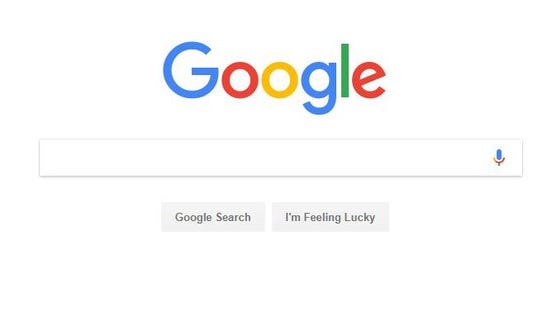
One time I decided that I needed to take my own advice and so I launched a paid search campaign, targeting (I thought) event planners who were looking to hire business speakers like me to speak at their conferences.
As such, I created a Google ad for “small business speakers.”
Can you guess what happened?
I dropped about $500 on people looking for a different sort of small business speaker – like Bose and JBL.
There is definitely a learning curve with a pay-per-click campaign, so I am here to make sure you learn the easy way and not the hard way like I did.
THE DAILY MONEY: Get our latest personal finance stories in your inbox
The steps to paid search success are these:
1. Consider your keywords
The point of your ad campaign is to send highly targeted, qualified traffic to a landing page or pages on your website. Your first job, therefore, is to figure out what keywords will work best to get people there.
As such, you want to micro-target precise words and phrases, avoiding broader terms. For instance, if you sell gardening supplies in Denver, you would want an ad that focuses on, say, “Roses” and “Denver” and not “Gardening” and “Colorado.”
There are several good tools to help you analyze keywords. The ones I would recommend are Google, Semrush, and Ahrefs.
2. Pick your network
Generally speaking, you can display ads on Google, Bing/Yahoo, or Facebook. There are of course many other options (Yelp, etc.), depending upon your goals. So you need to do some research and figure out which best fits your needs.
USE GOOGLE CHROME? Then you should run this security update
3. Create your ad
You don’t have a lot of room in your pay-per-click ad – basically only three or four lines – so you better use them efficiently. You need three things:
- A bold heading that grabs their attention!! (See?)
- A line explaining the benefit
- A call to action
For example, your ad might say:
“The best gardening gloves in the world!
Never buy another pair of gardening gloves again
On sale, this week only, 15% off”
GOVERNMENT AND SMALL BUSINESS: Here’s how it can really help
4. Consider what constitutes success
Trying to buy ads that always show up first or buying very popular keywords is very expensive. Less expensive keywords and placement can sometimes do the trick just as well.
5. Budget, test, and tweak
Set aside enough money to see if this ad will actually pay off; make sure your budget includes the ability to test more than one ad, more than one headline, more than one call to action, more than one landing page, and so on (called an A/B test.)
Testing is key. You want to come up with the right combination of glitz, text, call to action, price, and landing page.
6. Monitor your results
One mistake I made when I ran my stupid speaker ad was that I didn’t monitor my results quickly enough. One of the beautiful things about a pay-per-click campaign is that you can monitor it in real time and thus will know very quickly if what you are doing is working.
You need to therefore monitor conversions – instances of users visiting and interacting with your website (completing a purchase, for example). This is how you determine if your headlines are working, which days and times are the best and worst for clicks and so on. A good test might last a month. You can track conversions here.
REAL ESTATE INVESTING: The perfect small business?
7. Review with Google Analytics
Google Analytics is a great tool that helps you understand the actions of people on your site – where they came from, how long they stayed, what they did, and so on.
A great search ad can become one of the best friends that your small business can have since, once refined, it can bring in money and customers on a predictable, consistent basis.




